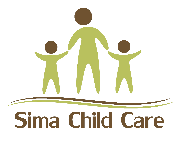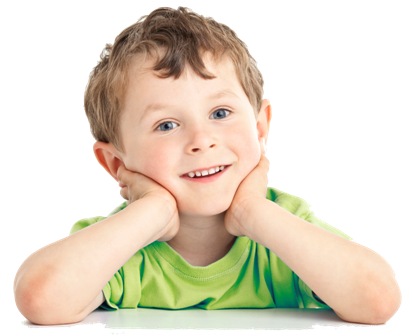

Tell: (949) 679 4211
Simachildcare@gmail.com

© 2015 Sima’s Child Care. All rights reserved. Website by PurpleZ
Tell: (949) 679 4211


Emergent curriculum
SIMA’S CHILD CARE CENTER uses a learning program based on the Emergent Educational Curriculum.
An Emergent Educational Curriculum is a learning method based on the specific interests and needs of the child.
Our staff observes the child at play to identify his/her needs, interests and natural abilities. We believe that observing children when they are playing and when they are interacting with their peers is a good start in developing a plan that meets their individual needs. We recognize that children learn best through interactive play, exploration and tactile handling.
The aim of the Emergent Educational Curriculum is the dynamic, holistic and harmonious development of the child, taking into account both his/her needs as a unique individual and as a social human being. To run the Emergent Educational Curriculum, the SIMA’S CHILD CARE CENTER must:
• Promote the development of the child in all areas.
• Provide a rich, challenging, safe and welcoming environment.
• Value and reinvest discoveries in the child's learning and creativity.
• Provide many opportunities for the child to experience his/her surroundings and environment through hands-
Our educators support and guide the child's cognitive development. They recognize that mistakes are part of learning and encourage each child to advance at their own pace.
Our learning program includes objects that allow the child to experiment based on eye-
The observation of children at play, their interactions, as well as documentation of their progress, are essential elements in the implementation of the Emergent Educational Curriculum.
Activities
We help children develop, within the five key areas of child development.
Emotional Development. We attend to the child's need to acquire control his/her emotions of joy or sadness, and we help him/her to build self-
Development of Fine Motor Skills. It is here that the child uses his/her fingers and hands to make precise movements in order to reach and manipulate small objects. We give him/her the opportunity to do crafts, paint, play with building blocks, string beads, etc.
Development of Gross Motor Skills. The development of gross motor skills allows the child to gain balance and use his/her large muscles to control certain physical activities such as sitting, walking, running, climbing, jumping involving the whole body. These are movements that use the large muscles of the body.
Intellectual Development. In this key area of development, each child will develop all the skills of the five areas of development: Gross motor skills (sitting, walking, running,
jumping, etc.), Fine motor skills (writing, cutting, etc.); Cognitive skills (intelligence, learning, etc.); Language skills (words, phrases, understanding, etc.); and Social skills (interaction with peers and adults).
Social Development. In this area of development we guide the child in achieving the ability to make friends, get along with others, and to interact in a team setting.
All these skills are based on self-
Our guiding principles are to:
Follow the Emergent Educational Curriculum program based on the specific interests of the child.
Set meaningful and assorted activities to stimulate the development of the child, taking into account his/her distinctiveness and interests while bearing in mind the fact that he/she learns at his/her own pace.
Provide an incentive to promote the development of the child in partnership with parents in his/her environment.
Provide a safe environment outside the home.
Observe, document and share the successes of the child with his/her parents.
Establish goals for the child to allow the assessment of his/her development.
Give each child the opportunity to participate in a program based on social, cultural, physical and intellectual learning; and this, based on individual needs, interests and abilities.
